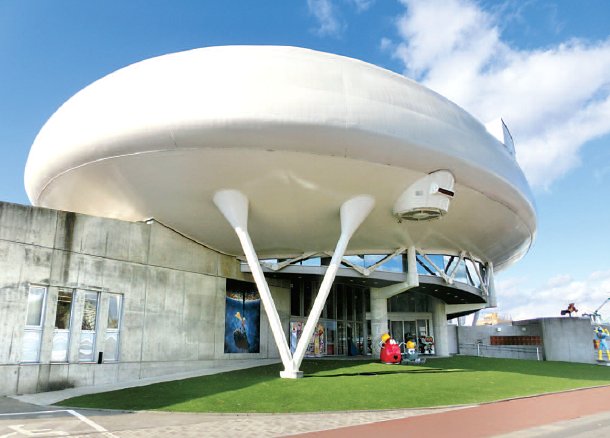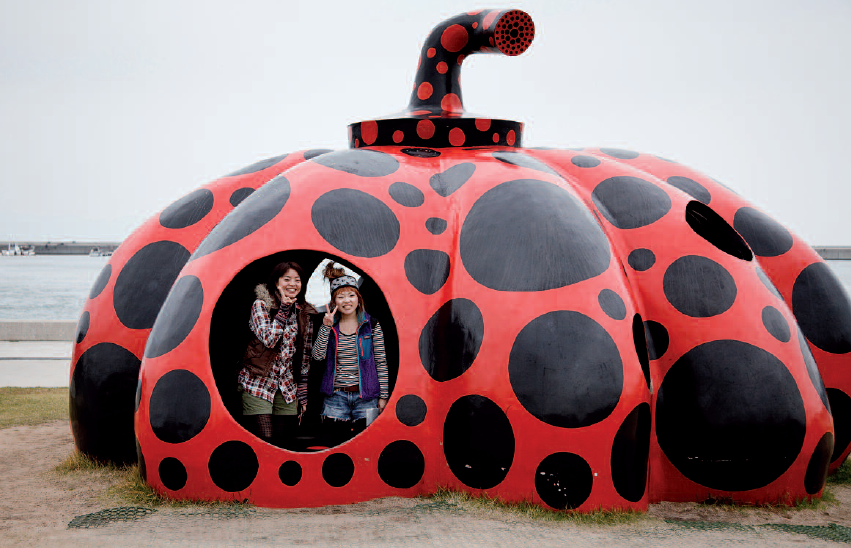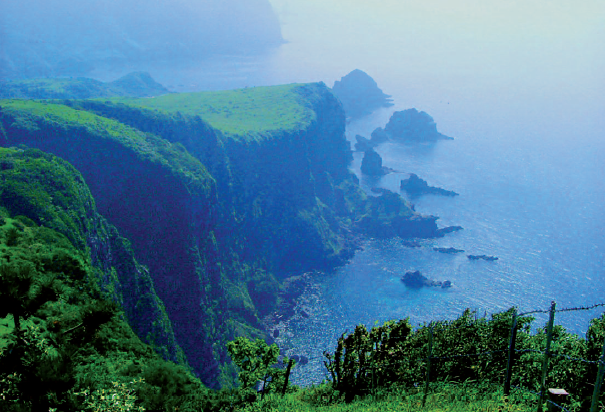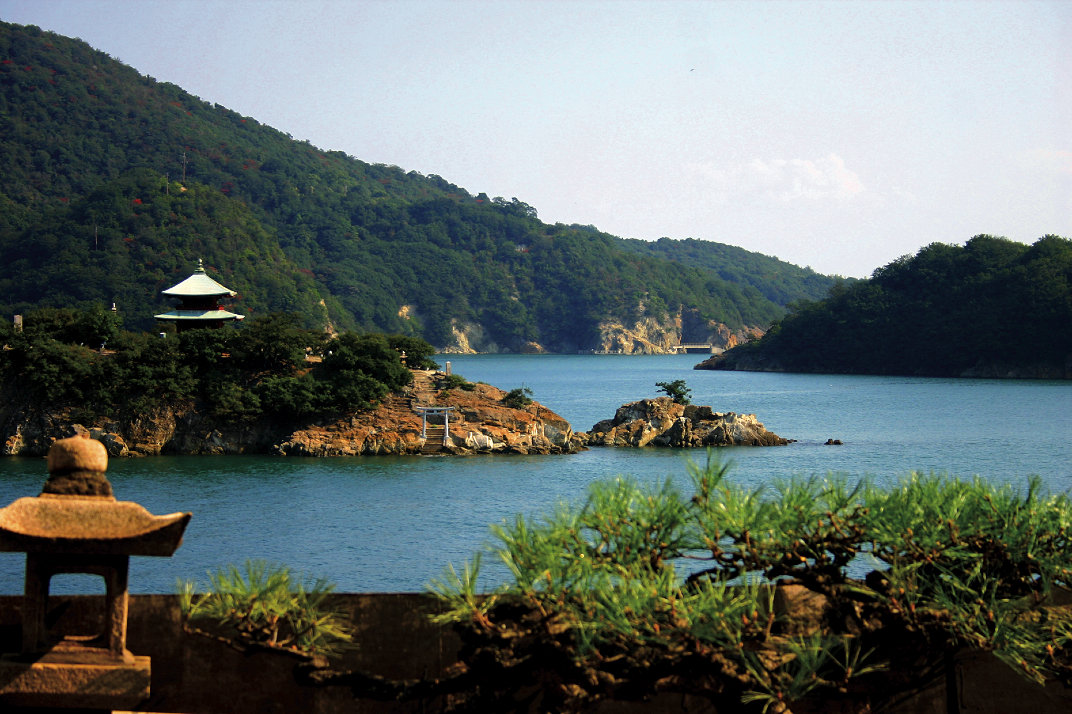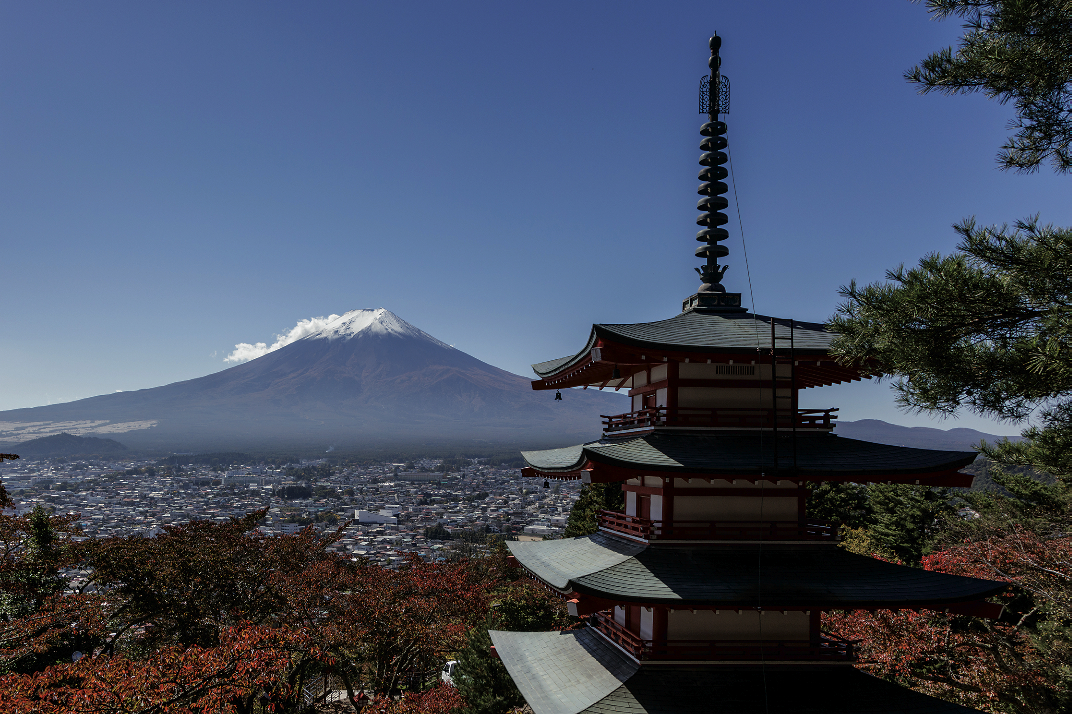

Without them, tourism in Japan would not have been as successful. They are the best example to follow.
Taiwanese love to visit Japan. In the last ten years, Taiwanese tourists have become a significant presence in Japan, so much so that in 2023 they were the top-spending foreign travelers, contributing a substantial amount to Japan’s tourism revenue. According to data released by the Japanese National Tourism Organization (JNTO), Taiwanese visitors spent around 783 billion yen, which is about 14.8% of the total foreign tourist spending in Japan. They were followed by China with 576 billion yen (14.3%), South Korea with 574 billion yen (13.9%), the U.S. with 561 billion yen (11.4%), and Hong Kong with 480 billion yen (9%).In comparison, the annual inbound spending by Taiwanese people was 551.7 billion yen in 2019, second to China.
Inbound tourism is still affected by the Covid-19 pandemic. This showed in the total number of visitors from Taiwan which fell 10.4% from 2019. However, with4.13 million visitors, Japan remains by far their favorite tourist destination(China is a distant second with 1.76 million). Also, if the number of tourists went down, spending soared, though part of the increase may be due to the devaluation of the Japanese yen, which in 2023 was worth about 20-25% less against the Taiwan dollar than in 2019.
Although inbound tourism from Taiwan is at an all-time high, Taiwanese tourists’ love for Japan is not a recent phenomenon. Indeed, Japan has long been theirmost favored destination. One reason for that is that the two countries are quite close. For example, to reach Tokyo from Taiwan it only takes about 3 hours and 30 minutes while the trip between Taiwan and Naha is an even shorter 90-minute flight.
Japanese organizations and travel agencies have constantly been present at such tourism-related events as the Taipei International Travel Fair, and their efforts seem to have paid off. According to Trends in Foreign Visitors to Japan, a JNTO report, 2.8 million Taiwanese flew to Japan in 2014; only five years later, just before the pandemic breakout, their number had increased to 4.8 million.
One characteristic of Japan-bound tourists from Taiwan is the number of repeat visitors. According to data from the JNTO, 80% of those travelers have visited Japan more than twice, and 15% have come more than 10 times. This also means that though first-time visitors are attracted to the same famous destinations (Tokyo and Disneyland, Kyoto, Osaka, Okinawa) they also like to go off the beaten track and explore less popular places like rural areas.
One prefecture in which Taiwanese tourists are particularly prominent is Kumamoto, on the island of Kyushu. They have become the leading group among international visitors there, thanks to direct flights and the presence of Taiwanese businesses.
In recent years, Hokkaido has also become increasingly popular, probably because Taiwan does not have a real winter season. In this respect, inbound tourists can enjoy skiing and Hokkaido’s famous winter scenery and events.
One reason for the increasing importance of tourism in areas other than Tokyo and Kansai is the growth of “experiential tourism.” If Hokkaido is ideal forpracticing winter sports, tourists in Okinawa can enjoy marine sports such as diving and snorkeling while Fukuoka attracts gourmet food lovers.
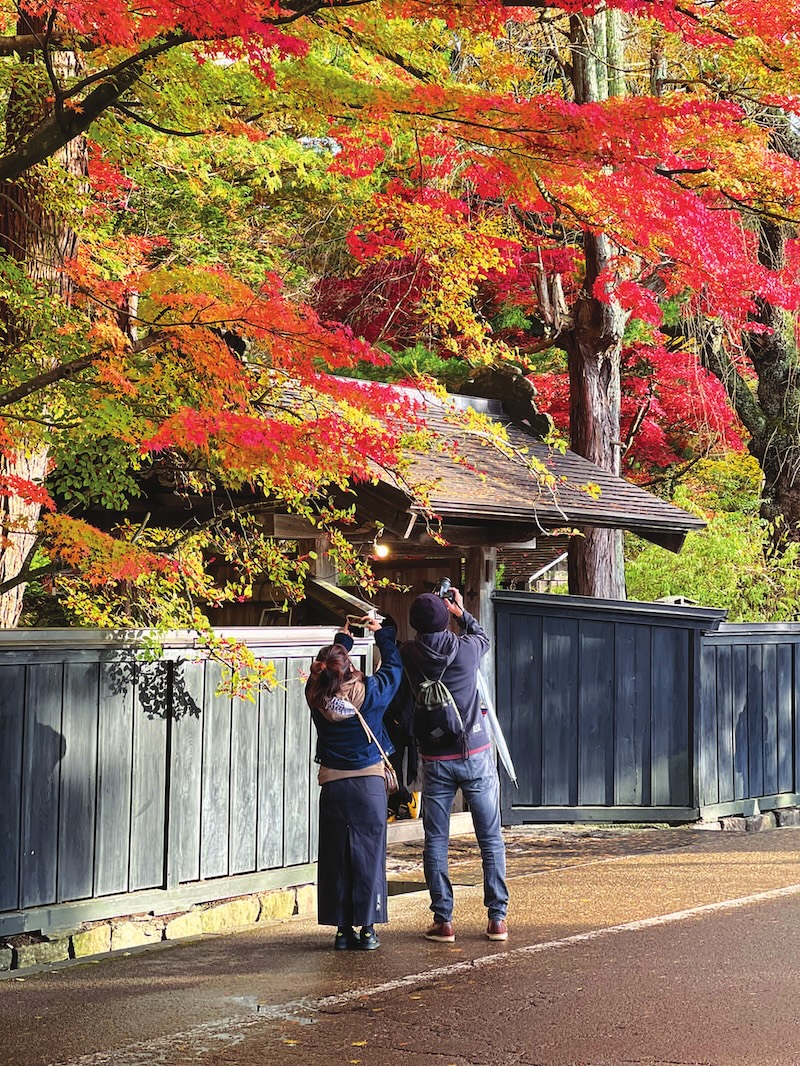
Speaking of sports, data show that the number of Taiwanese who do physical activities in their leisure time is increasing as they have become more health-conscious. In Taiwan, for instance, hundreds of marathons are held every year and many Taiwanese participate in marathons even in Japan. In 2017, the city of Sapporo in Hokkaido signed an agreement with Kaohsiung in Taiwan that included a collaboration between their respective marathon events. Other outdoor activities that are expected to attract more Taiwanese visitors in the future are cycling, camping, and hiking.
Tohoku is another region that has worked very hard to create a special relationship with Taiwanese tourists, particularly through its train network. Inbound travelers can now explore northeastern Japan’s picturesque local railways through the Tohoku & Hakodate Local Rail Pass jointly offered by 13 regional companies. Visitors can get on and off as often as they like if they useunreserved seats in ordinary cars of local and rapid trains within the free area, while they need to pay an additional fee if they board express trains. This way, tourists interested in nature and local culture can enjoy Tohoku’s autumn leaves, winter snow scenery and hot springs.
Taiwanese have taken advantage of the Rail Pass to ride such local attractions as the Tsugaru Railway’s stove train and Akita’s Gotsuo Tamatebako train that stops at several points along the line to gather dishes prepared by local farmers.
The small town of Minakami in Gunma Prefecture has also grabbed the headlines for the unusual and creative way in which it has succeeded in increasing inbound tourism from Taiwan by more than ten times in just five years. Minakami’s main industries are tourism and agriculture. For years they had been working on inbound tourism but had relied primarily on the prefectural government to do the heavy work. As a consequence, yearly visitors from Taiwan amounted to a paltry 1,000 people.
Minakami began to seriously promote inbound tourism from Taiwan around 2013 when a local government employee, Abe Masayuki, was stationed full-time in Tainan, in southern Taiwan, to develop a collaboration network with the local authorities and travel industry. Until then, Minakami had followed the usual routes but felt they could not compete with more famous places in the prefecture like Kusatsu and Ikaho Onsen, two hot springs with well-known brand names.
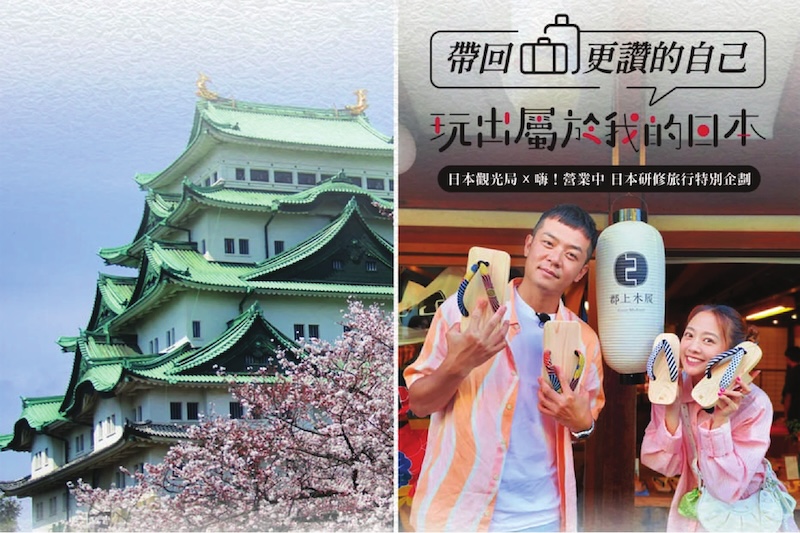
One crucial decision in Minakami’s PR campaign was to focus on small travel agencies away from Taipei’s main market. At the time, the Taiwanese capital was besieged by many Japanese municipalities and tourist destinationscompeting for attention. Those municipalities also tended to approach major travel agencies. The problem is that the larger those companies are, the slower they act because of their complex internal systems. They are also unlikely to take the risk of choosing a little-known tourist destination such as Minakami. Smaller agencies, on the other hand, may have fewer resources and only a few employees but are very aggressive in pursuing their goals.
Taiwanese people are said to have a stronger independent spirit than the Japanese, and the tourism industry is no exception. For example, there are 220 travel agencies in Tainan, a city of 1.9 million people. Their main characteristic is that they move quickly. In order to be competitive, they are always looking for unique tourism information that is different from other companies, and since they cannot compete with bigger companies, they act immediately and are ready to accept some risks.
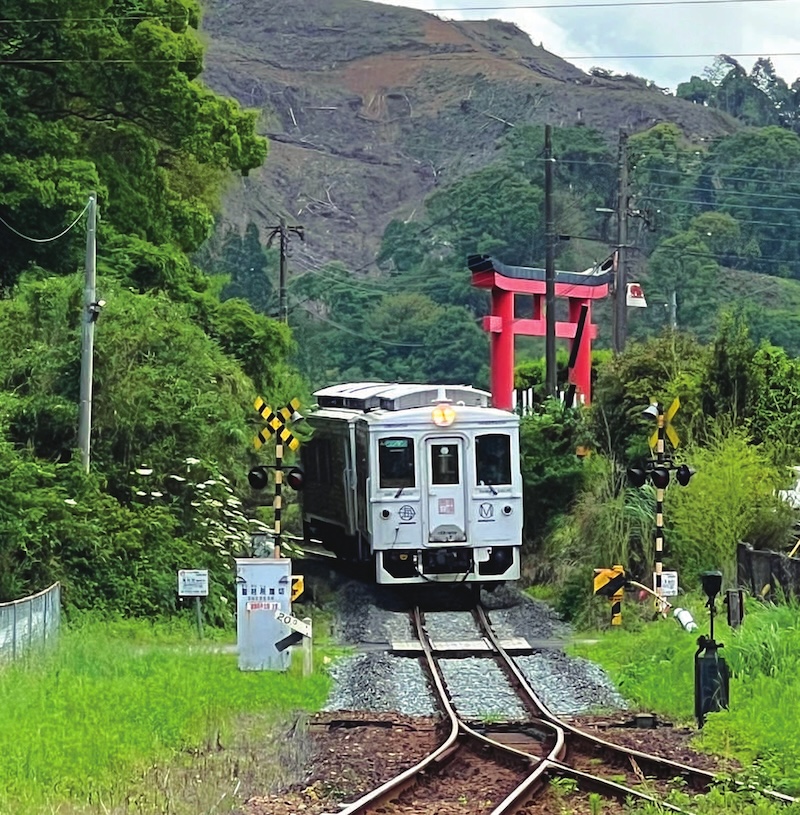
While Abe is based in Taiwan, the financial burden of such an operation isextremely low, especially compared to the great benefits in terms of information gathering and direct access to the local government. Thanks to this, Minakamiwas able to achieve excellent results not only in inbound tourism but also in such areas as student, product, and cultural exchange.
At first, attracting customers to an unknown place in Japan was not easy. However, Abe managed to solve this problem by approaching several small travel agencies and forming an alliance. In the end, being unknown turned out to be an advantage because the Taiwanese like to do things that are special and unique and differ from the mainstream. Following this mentality, Abe soldMinakami Town tours using such slogans as “Visit the unexplored snow country near Tokyo” and “Enjoy the secret hot springs near Tokyo.”
This campaign proved so successful that after just five years, annual Taiwanese tourism to Minakami exceeded 10,000 visitors, an incredible success for a town of only 18,000 people.
Jean Derome
To learn more on this topic, check out our other articles :
N°143 [FOCUS] The Curious Taiwanese Equation
N°143 [FOCUS] History : Could Do So Much Better
N°143 [Eating & Drinking] Conquering Japanese Tastes
Follow us !

